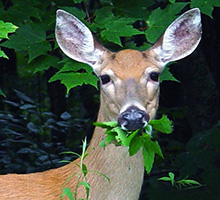
Benefits of Winterizing Fertilizer
We are often asked if applying a winterizing fertilizer at the end of the fall is beneficial. This blog will take a closer look at what a winterizing fertilizer does for the turf, and its importance to maintaining a healthy




